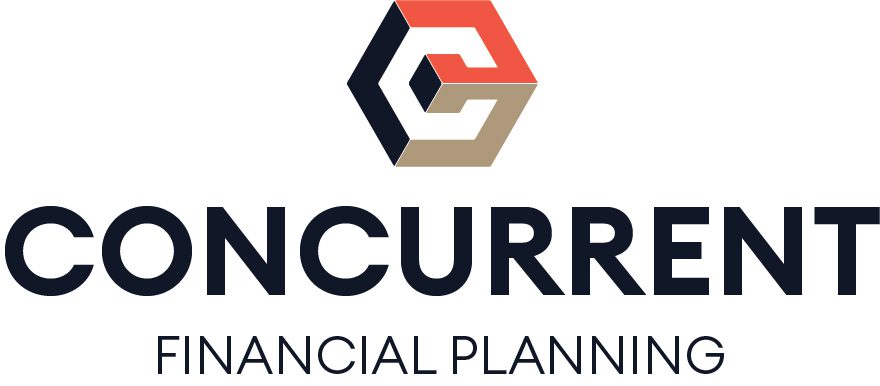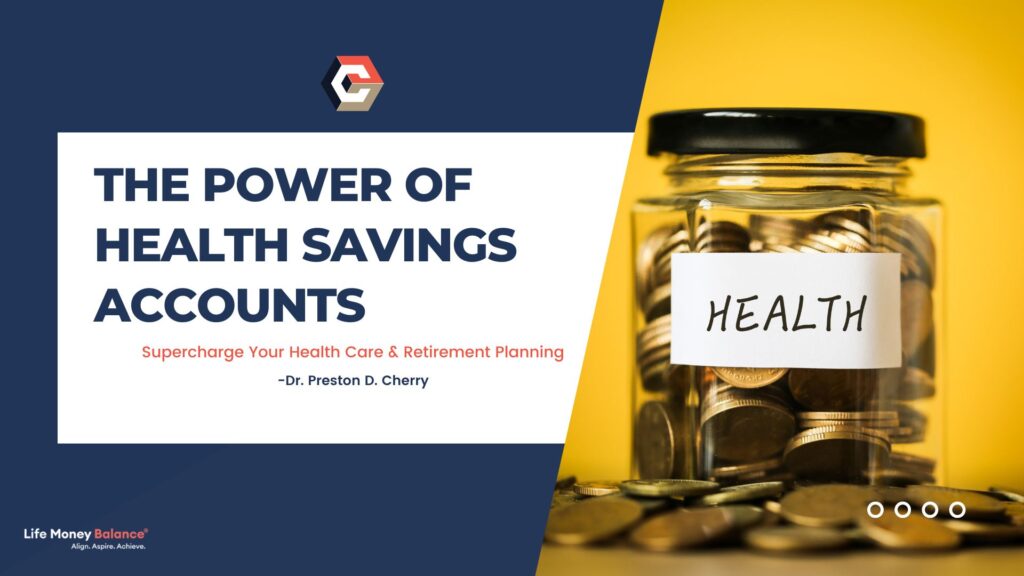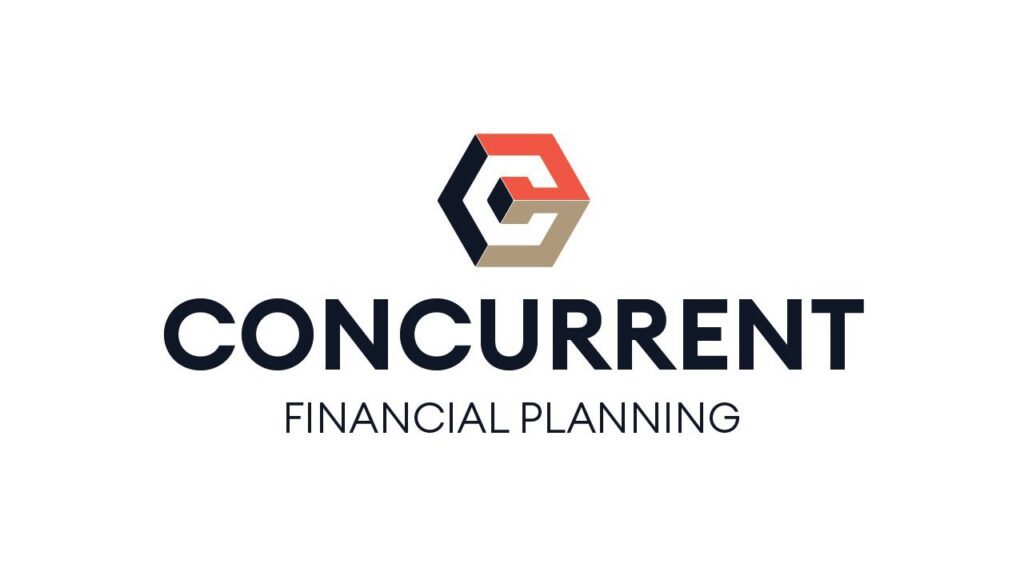The start of some seasons brings people joy. There are major sports seasons, both regular-season and playoff seasons. Weather seasons are eventful and evoke happiness, like the freshness of Spring, the colors of Fall, and the leisure of Summer.
Some seasons are love and loathe. Winter, for example, begins with excitement with Holiday cheer, events, and wintery weather. Then there are winter snow chores, the string of dreary days, and even if you don’t live in winter conditions, there’s something about the duties and length of winter that makes people yearn for Spring.
Your annual open enrollment may feel like winter. You know you need and want your health, well-being, and personal finances protection coverage, yet the process of review, adjustment, and enrollment seems like a chore and challenge. The love and loathe. Here’s a tip before the tips: learn to love your annual open enrollment season. Health is wealth. Protecting your health is essential to overall well-being, and your finances from disruption due to under coverage are keys to life, financial wellness, and wealth-building success.
Assess Your Circumstances
View open enrollment as your opportunity to match your insurance coverages to your current health affairs and recent and upcoming life events. Analyze your health and financial conditions by reviewing your prior and current year medical needs, trends, and budget expenditures. Second, estimate your future needs using your analysis plus upcoming and recurring medical events for the following year.
Also, plan for milestone events where you may adjust upward or downward. Milestones include children’s birth, marriage, divorce, and job change. Reviewing your current and future circumstances helps define your needs and select a benefit package that aligns with your life and financial goals.
Understand Your Insurance Coverage
When you know your benefits will serve your family well, you learn to love open enrollment, and you will schedule time to understand your coverage options. Don’t be in a rush. Give yourself time, and make this time pleasant. Using the review of your circumstances, read and review all available benefits that fit your needs.
Popular insurance coverage options are:
- Health
- Dental and Vision
- Life
- Disability
- Flexible Spending Accounts
- Health Savings Accounts
When selecting health coverages, compute and compare premiums, deductibles, co-insurance, and total out-of-pocket costs. One consideration for life insurance is how much private insurance you carry outside your employer. Life insurance with your employer is not portable, meaning you cannot take it when you separate employment.
Private insurance remains in force independently of your employer. However, life insurance coverage is cheaper and accessible through your employer. Your budget and life insurance must determine your employer and private insurance choice and mix.
In addition to the primary coverage areas, check the available health and wellness support benefits to increase your well-being. Employers offer Employee Assistance Programs (EAPs) that provide mental and physical wellness services such as gym memberships, counseling, and more.
Update Your Beneficiary Information
Completing the beneficiary sections of your personal finance documents is critical to your estate planning. Leaving the beneficiary section blank or not updating can bring unwanted consequences. Empty beneficiary sections allow State laws to make asset decisions, taking control away from how you want to transfer assets.
Filling out your primary and secondary beneficiary, or contingent beneficiary, bypasses the probate process and ensures your assets transfer intentionally to your loved ones. Updating your beneficiary information is particularly important after significant milestones like marriage and divorce.
Fund Your Tax-Advantaged Health Accounts
Flexible Spending Accounts (FSA) and Health Savings Accounts (HSA) are key tax-advantaged accounts for your health and childcare services needs. FSAs cover popular services such as co-payments, prescription drugs, daycare, and more.
Your FSA is funded with pre-tax dollars yearly, with your stated commitment being fully available at the beginning of the year. You must use FSA dollars in the contribution year, well-known as “use it or lose it” funds, with a small portion being allowed to roll over. The maximum Health Care FSA for 2024 is $3,200.
The funds you contribute to a Health Savings Account are available throughout your life, existing without “lose it” restriction. HSAs are known as “triple tax-advantaged” because contributions are tax-deductible, you can invest funds in the financial market and grow tax-free, and distributions are tax-free—eligible, qualified medical expenses (QMEs); examples are deductibles, coinsurance, and other out-of-pocket costs. You can also use your accumulated HSAs for future retirement distributions. However, these distributions are taxable at ordinary income rates. HSA contribution limits for 2024 are $4,150 for single coverage and $8,300 for family coverage, respectively.
You cannot hold a Health Care FSA and Health Care HSA simultaneously. However, you can have a Health Care HSA and a Limited-Purpose or Dependent Care FSA. To contribute to an HSA, you must participate in a High Deductible Health Plan (HDHP), meaning you will experience higher upfront deductible costs than a non-HDHP.
Don’t Do Nothing
The last thing you want to do during your annual benefit enrollment season is nothing. When you receive those annoying and frequent emails from your HR department reminding you to enroll—do something! To avoid none or a mismatch of coverage that does not meet your family’s needs, do not procrastinate. Embrace your love-loathe relationship with open enrollment by remembering that you are optimizing your loved one’s health and overall well-being.



